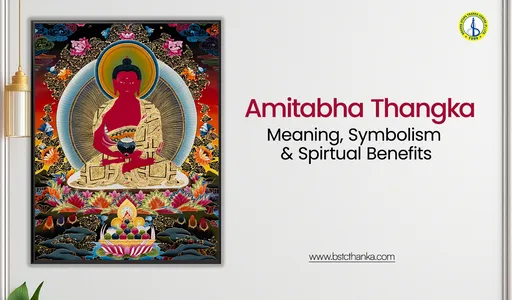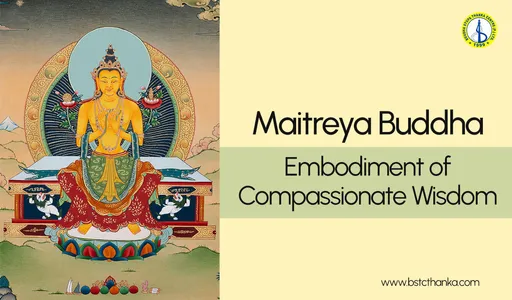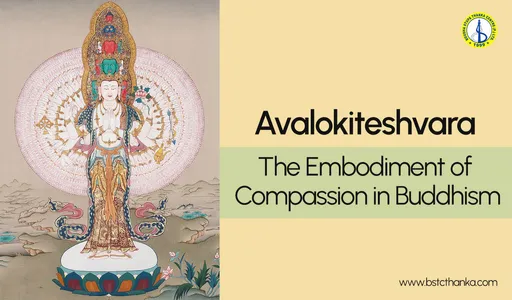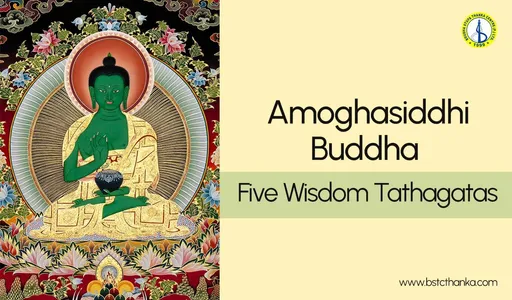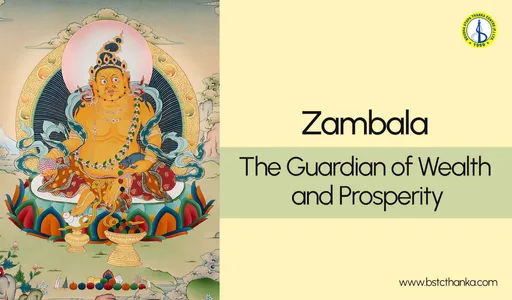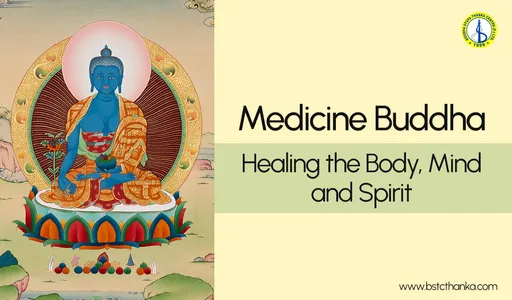.webp)
The Life of Buddha: Journey of Shakyamuni from Birth to Nirvana
The life of Siddhartha Gautama, better known as Buddha, is a profound and inspiring journey that has captivated the hearts and minds of millions across the globe. From his birth as a prince to his ultimate attainment of enlightenment and Nirvana, the story of Shakyamuni Buddha is a powerful example of human potential for spiritual growth and self-realization.
This blog post delves into the remarkable life of Buddha, exploring the pivotal moments, teachings, and insights that have shaped the Buddhist tradition and continue to resonate with people from all walks of life. Whether you are a seasoned practitioner or simply curious about this iconic figure, this exploration promises to offer a deeper understanding of the Buddha's transformative path, shedding light on the universal truths that transcend time and culture.
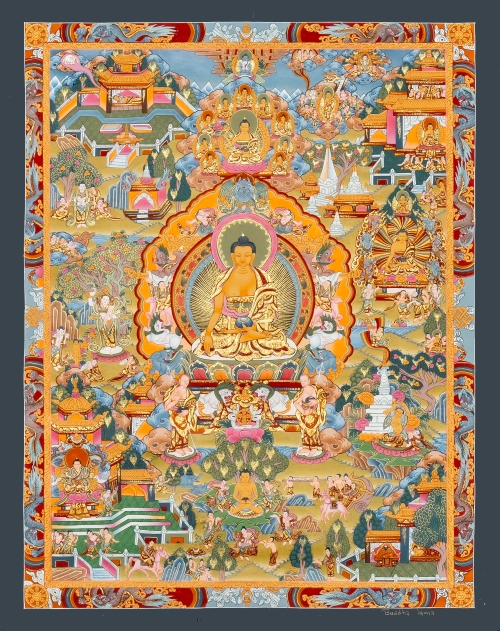
Click here to explore our collection of Life of Buddha Thankga Painting
Birth and Early Life (563 - 534 BCE)
Siddhartha was born into a wealthy family in Lumbini (present-day Nepal) around the year 563 BCE. His father was King Suddhodana, the leader of the Sakya clan. According to legends, Brahmin soothsayers predicted at Siddhartha's birth that he would either become a great king or a holy man. Wanting his son to be a powerful ruler, Suddhodana shielded young Siddhartha from religious teachings and human suffering.
The Great Departure (534 BCE)
Despite his father's efforts, at around age 29, Siddhartha was profoundly affected by encountering an old man, an ill man, a corpse and an ascetic holy man. These "Four Sights" prompted him to explore the realities of human suffering. Leaving his wife Yasodhara and newborn son Rahula behind, Siddhartha embarked on a spiritual quest, cutting off his hair and becoming a wandering ascetic.
The Search for Truth (534 - 528 BCE)
For six years, Siddhartha subjected himself to severe ascetic practices such as fasting, holding his breath and meditating motionless. After nearly starving himself to death, he realized that physical austerities alone wouldn't lead to spiritual liberation. He began accepting food again and focused on finding a "Middle Way" between the extremes of luxury and harsh asceticism.
Enlightenment (528 BCE)
At age 35, while meditating under a Bodhi tree in Bodh Gaya (present-day Bihar, India), Siddhartha attained enlightenment and became known as the Buddha or "Awakened One". He realized the nature of suffering, its causes, and the means to eliminate it - the Four Noble Truths that became the foundation of Buddhism.
The Buddha spent the next 45 years of his life teaching the path to enlightenment he had discovered, building a community of followers, and establishing the Buddhist monastic order. At age 80, the Buddha attained Parinirvana or the final deathless state, in Kushinagar (present-day Uttar Pradesh, India).
The Buddha's journey and teachings have profoundly shaped Buddhist philosophy and spiritual traditions across Asia and the world. His life serves as an inspiration for breaking free from the cycle of suffering and attaining the ultimate peace of Nirvana.
Conclusion
In reflecting on the extraordinary life of Siddhartha Gautama, we see a profound journey marked by a quest for understanding that resonates deeply within each of us. His transition from the sheltered life of a prince to the seeker of truth highlights the universal human experience of confronting suffering and the quest for inner peace. The teachings and insights he imparted have not only laid the groundwork for Buddhism but have also provided wisdom that transcends cultural and religious boundaries, offering a pathway to self-discovery and enlightenment for all.
As we navigate our own lives, let us take a moment to reflect on what it means to seek our own truths and confront the challenges we face. Join the millions who have been inspired by Buddha’s teachings, and consider integrating mindfulness and compassion into your daily life—embracing the journey toward your own enlightenment. Start today: explore, learn, and grow in ways that honor the legacy of the Enlightened One.
FAQ
1) Who was Siddhartha Gautama?
Siddhartha Gautama, known as Buddha, was a prince born in Lumbini around 563 BCE. He renounced his royal life to seek enlightenment, ultimately becoming the "Awakened One" after realizing the nature of suffering and how to alleviate it through his teachings.
2) What are the Four Noble Truths?
The Four Noble Truths are foundational teachings of Buddhism that outline the Dukkha (reality of Suffering), Samudaya (the cause of Suffering), Nirodha (the cessation of Suffering) and Magga (the path leading to Enlightenment), known as the Eightfold Path. These principles offer guidance for overcoming suffering and achieving Nirvana.
3) What is the significance of the Bodhi tree?
The Bodhi tree in Bodh Gaya is significant as it is the site where Siddhartha attained enlightenment at age 35. This tree symbolizes wisdom and spiritual awakening, making it a revered location for Buddhists and a place for meditation and reflection.
4) What is Nirvana?
Nirvana is the ultimate spiritual goal in Buddhism, representing a state of liberation and freedom from the cycle of birth, suffering, and rebirth (samsara). It embodies profound peace and the cessation of all desires, marking the culmination of the spiritual journey.
5) How can I incorporate Buddha's teachings into my life?
You can integrate Buddha's teachings by practicing mindfulness, compassion, and self-reflection. This involves being present in the moment, treating others with kindness, and working towards a deeper understanding of yourself, facilitating personal growth and transformation.




